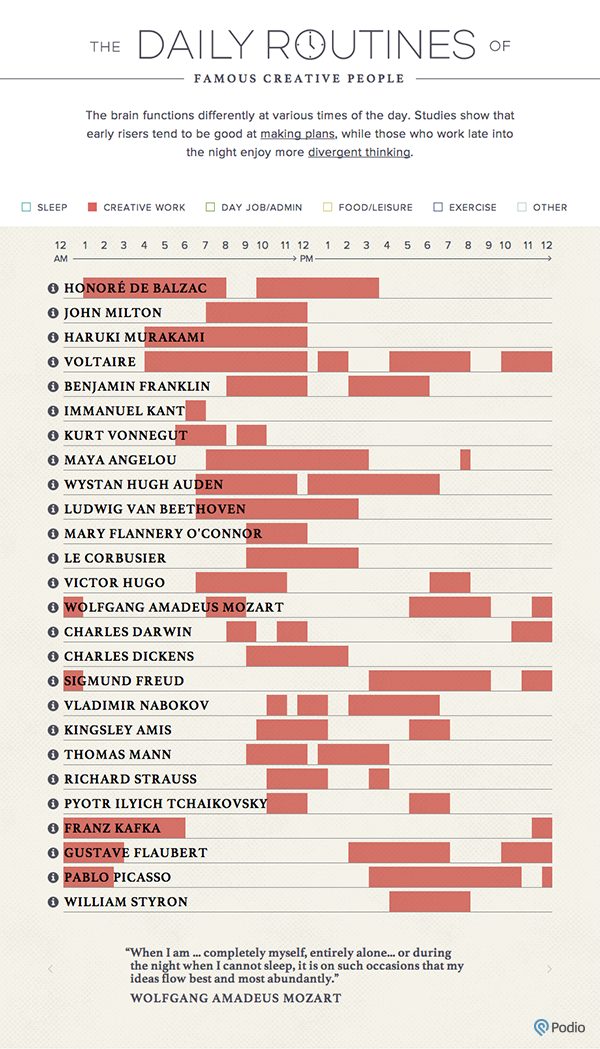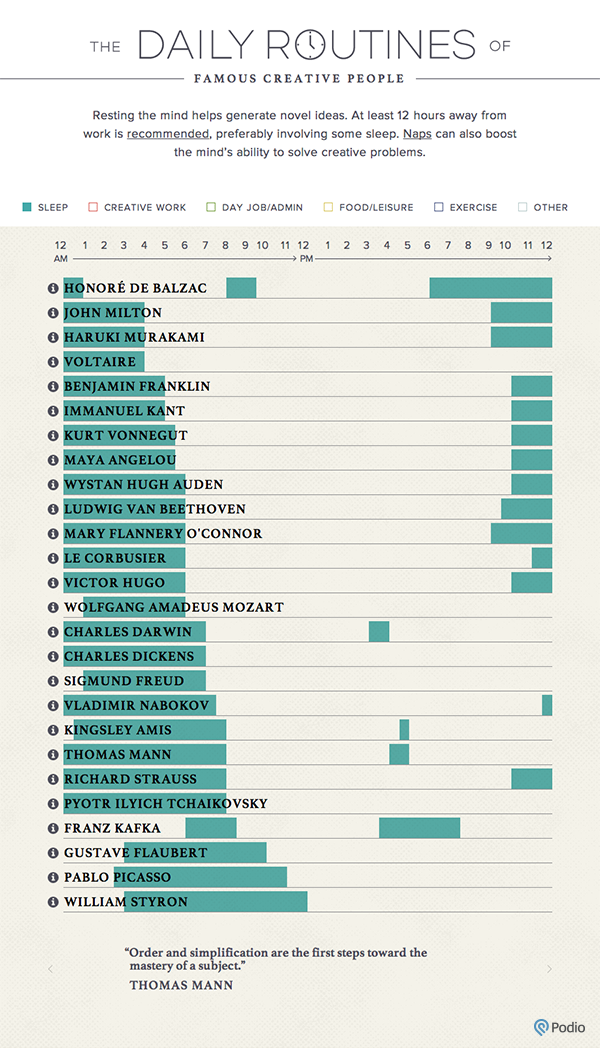In perusing the list of blogs I review regularly, I noticed a post from “Metawriting,” a blog I’ve recently added to my subscription list, written by Deanna Mascle. The post, “How to Make a Writer,” struck a resonant chord in me, particularly as a new semester begins. She posts her “easy formula” for making writers: “Write…Read…Reflect…Community….” Read this post and respond. If you do so on our class blog, or on your own blog, then you have followed the formula!
Buyer Beware
It’s the “white picket fence” of the American Dream —homeownership, yet many who have achieved this goal face the unmentioned reality: home ownership has its drawbacks, its incumbent responsibilities, and as Dana Stover, my interview subject, colleague, and friend said, not many of us pay attention to the particulars, in this case insurance coverage, and the relationship between the mortgage-holder and homeowner, until they are forced to–”until something happens, and then it’s too late.”
After a lengthy process, Dana purchased her condominium in December of 2011. Dwellings are seldom purchased outright, and banks that hold the mortgage require coverage to protect their risk. The costs of ownership slapped her in the face each month, in condo fees, and a mortgage payment. Originally Dana found herself debating the move to purchase, eventually deciding in its favor. Who doesn’t want to live independently as a twenty-something with a secure job?
In January of 2013, Dana awakened to a cold house, “something must have happened…the heat tripped or something,” but she went to work and came home, and “everything was fine.” The heat was working. She was supposed to have been in Key West, taking a mini-vacation, but had decided against it, and on this frigid January morning, she was wishing she had gone. It would turn out that her decision to remain in Toms River was a blessing.
“That evening I left my house about 7:30, and I came home two hours later. I walked in from my garage into the house. Water was pouring out of my ceiling from my half-bath, the hallway and dripping into my living room. I went down to the basement, ‘cuz that’s where my water turn-off is, and the water was seeping through the floor into the basement, so everything in the basement was soaked.” Water oozed from light fixtures. Dana could only imagine how badly this could have gone, had she been away for a week, water pouring into her house unchecked. “This was one of my take-aways. I will always turn off my water when I go on a trip—no matter how long it is.”
“The next day I called right away, the insurance company. I made a claim. I did not call my condo association. I didn’t realize at that point that they carry me also under their insurance.” The insurance company said they’d send an adjuster right away and Dana took photos of the original damage and called a plumber to get started on the repairs. A pipe had burst and “you have no idea how much water can flood out in such a short time.”
The insurance company, true to its word, sent a crew that began clean-up and demo, and submitted a necessary proposal. “There was $60, 000 worth of damage…but the guys pumped me up. ‘And you’re gonna get your house redone; it’s gonna be great.Their job is to make you whole.’ I hired them. They started the process ripping things up.” This went on for several weeks, and “I was so excited, on my road to recovery.”
At this point the head of the crew told Dana that she was not going to get the $60,000, but only half, as she did not have enough coverage. Too late, Dana began looking into the particulars of her coverage, what she was actually entitled to receive, and she admits, ”My coverage should have been assessed before anything began.” Dana learned that the term “dwelling” insurance means the amount required to restore a house to its before-the fire-condition were it to burn to the ground. Dana learned that her dwelling, the structure was only insured for $27,000, not nearly enough to restore her condo to pre-incident condition. That didn’t even include the contents, another facet of the insurance coverage. Dana regrets now that she didn’t up her coverage, which she has since done, but rightfully claims that no one at the insurance company clearly explained what “dwelling coverage” required. “If they had told me about the house burning to the ground, I would have upped it.”
Dana did get money from the condominiums’ master policy thanks to the pictures and documents she kept, attesting to both the damage and the repair work she had done. “Always have your paperwork. I keep a file. In my file I keep all receipts, all records,and notes about everyone I talk to. I’ve had to use it so often to verify that what I’ve done, as proof.”
“ I feel so badly for Sandy victims, people who have true damage to their home, yes my home was damaged, but I’m at my wits end with a home that’s livable. I can’t imagine someone who’s truly homeless, or without a family to support them, or a place to go.” Dana’s mom, who has been involved in helping Sandy victims, first as a counselor, and now as an intake worker for those who need assistance, has told Dana nightmare stories, so Dana knows that her “waiting on my money” hardly compares. “Some of these people are old with nothing and no one—waiting on their money.”
The insurance company sent her a check, but “when I received the check, the $27,000, I thought, ‘It isn’t enough, but I’ll take it.” The check was not made out to Dana alone, however, but to Dana and the bank holding her mortgage. For Dana, this is where the real nightmare began. Currently, the bank refuses to release the funds. Because her check is over the threshold amount of $7,000, Dana’s check will be released in increments. As Dana explains, her difficulties with the bank, and their concern for fraud, stems from what happened in the wake of Hurricane Katrina, according to what her insurance adjuster has explained.
During that upheaval, many people received their insurance money without the bank’s involvement, and rather than rebuild, the residents relocated, probably in many cases, because the funds were insufficient to restore the dwelling. “This is the true problem. The bank is holding the insurance money, and I don’t know if it’s true for every bank, but I’ll bet it is. That means, think of all the money being held–and making interest for them [the banks]—for Sandy victims’ whose checks are surely much larger than mine.”
This is where she is now, frustrated and waiting, for what other recourse does she have? Hiring a lawyer to oppose the bank will only add to the cost of this debacle. Despite all the document-sending and re-sending and tedious, lengthy phone calls, being passed from one bank employee to another, Dana still waits on her money. I guess she shouldn’t be surprised, for after all, the bank truly owns her home, as do banks throughout this country. It makes one question the glory of ownership and the false security of insurance.
As Dana concludes, “I’m not going to Hawaii with this money. I just want to make myself whole.” She is, as her story reminds us, not alone.
Works Cited
Stover, Dana. Personal Interview. 11 November 2014.
Rhetoric: Is It Bull****?
Watch the video embedded below and consider the definitions presented to answer the guiding question: “What is rhetoric?”
How do you distinguish between persuasion and argument?
What important terminology will assist you in writing and analyzing argument?
In the course of the video, near the 12-minute mark, a doctoral student asserts that many of us accept opinions as if they are fact, never understanding that the stated opinions are based upon personal experience and upon one’s attitudes. He implies that “push-back” is the essential element of rhetoric. What do you think about this?
Creativity Can Be Habit-Forming

Want to develop a better work routine? Discover how some of the world’s greatest minds organized their days.
Click image to see the interactive version (via Podio).

Keen to develop better work habits? Discover how some of the world’s greatest minds scheduled creative work into their daily routines.
Click image to see the interactive version (via Podio).

From early birds to night owls – discover the sleeping habits of some of the world’s greatest minds.
Click image to see the interactive version (via Podio).
Cheaper Textbooks
Because it is imperative for each student to purchase the texts required for the class, the information provided in this short video by Molly Wood from the New York Times may be helpful to you. I confess, as a professor I receive complimentary copies of the assigned texts. When I investigated the options presented in this video, however, and in the accompanying article, I became aware of the soaring cost of textbooks for the average student. Now I better understand why I have students who resist buying the materials. Check out the information posted here:
In addition, read the accompanying article. I searched comparative prices for ENGLISH 151 texts using CampusBooks.
Google Drive: A “Can-Do” Platform
Recently TeachThought reposted an article detailing the possibilities for those who use Google Drive. Because that is US, I have linked the post here:
100 Ways to Use Google Drive in the Classroom
Even though the post is geared for teachers, the explanations are for anyone. Check it out!
How Students Learn
In a recent webinar offered by Easybib, librarians Dani Brecher and Kevin Michael Klipfel offered terrific insight about how students learn.
Several key points will affect how I approach teaching this semester.
Summer Reflection
Here it is July, past the midpoint, and I have been spending a lot of (my husband asserts, “too much”of) time thinking about next semester. I am heartened as I preview and plan with the new texts that have been selected for ENGLISH 151. I arrive at a quote on page 31 of Current Issues and Enduring Questions… that is incredibly heartening. “As you are drafting your essays for one or more of the assignments, consider typing your notes in a Google document and writing your essay in a blog so that you can easily share your thoughts on your topic.” My heart lifts, and before I can edit my actions, I highlight, asterisk, and write, “WAHOO,” with double underscores in the margin. This is what I will ask of my students, asked of them last semester with varying degrees of success. Although I know in my heart that this is good practice, it is comforting to see it supported by the likes of Bedford/St. Martins.
In addition, I have reviewed the online offerings for The Little Seagull, second edition, written by Bullock, Brody, and Weinberg and am a FAN. Sometimes less is truly more, and that seems to be the case here. I am particularly interested in using some of the exercises as possible blog post ideas. For those of you who are curious, visit the link and check out the navigation. What a friendly writer’s guide the committee has chosen.
This promises to be an adventure in learning for us all.
Grammar Mistakes No One as Smart as You Should Make
Check out this slideshare covering mistakes that good writers make but shouldn’t.



